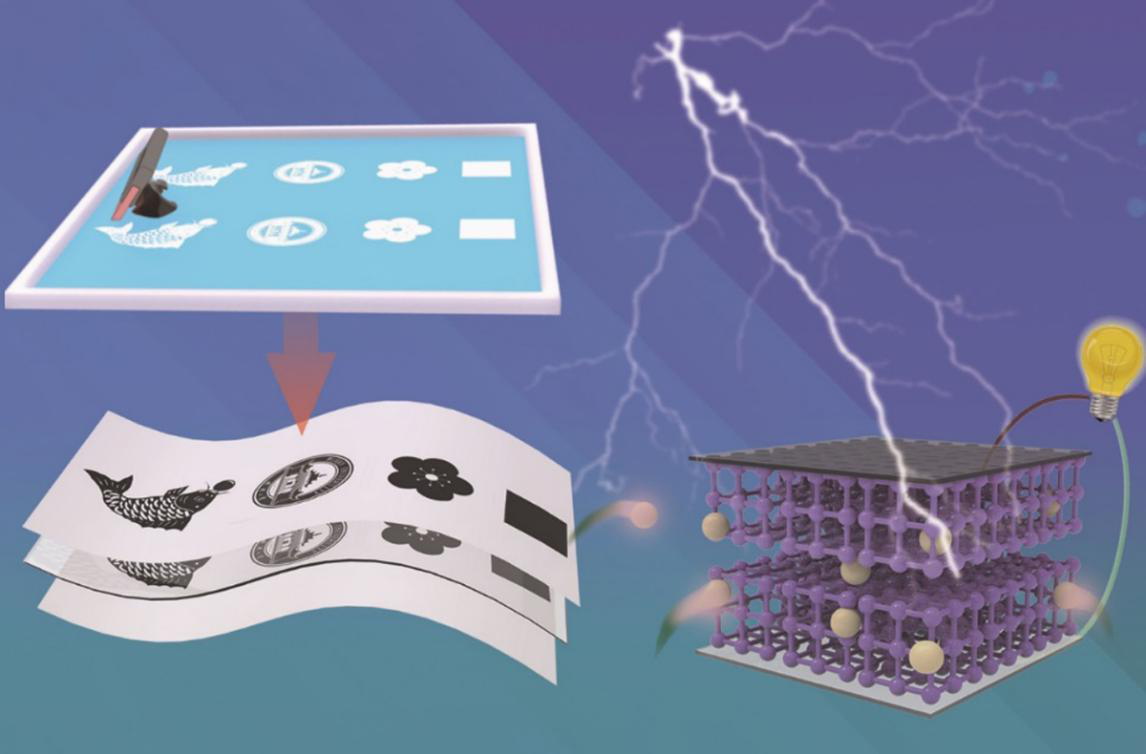Recently, the research group of Professor Wu Wei of our department has made new progress in the application research of all-printed solid supercapacitors. Related results, titled All-Printed Solid-State Supercapacitors with Versatile Shapes and Superior Flexibility for Wearable Energy Storage, were published in the internationally renowned journal Journal of Materials Chemistry A with an impact factor of 10.733. The first author of the thesis is Wuhan University. Liang Jing, a 2018 PhD student in our department, is the first author and Wu Wei is the corresponding author.
Currently, portable and wearable electronic devices are moving toward miniaturization, flexibility, and thinning. In order to meet the needs of wearable electronic devices, supporting flexible energy sources have become new research hotspots, including flexible supercapacitors and flexible batteries. Among them, flexible supercapacitors have received widespread attention due to their safety and stability.
Although a series of research advances have been made in high-performance flexible supercapacitor materials, how to quickly prepare flexible supercapacitors with multiple patterns still faces challenges. In recent years, the development of printed electronics technology has made it possible to realize custom patterns and high-throughput fabrication of flexible supercapacitors on a variety of substrates.
Wu Wei's group used the chemical precipitation method to prepare the framework compound Prussian Blue Analog (CoHCF). The compound has excellent specific capacitance and cyclic stability with a Coulomb efficiency of 94%. This electrode material is screen-printed on a flexible PET substrate to prepare a variety of patterned sandwich structure supercapacitors such as squares, flowers, and carps.
This fully printed flexible supercapacitor not only has good electrochemical performance, but also has good flexibility performance. After a variety of bending angles and hundreds of bendings, the specific capacitance is not significantly reduced. By using multiple devices in series or in parallel, LEDs can be lit, which has new application prospects in the field of flexible energy equipment for wearable electronics.
